/5868bd0a-53a1-44f0-8033-41af0e7bc500.png)
Create Effective Pareto Charts | Improve Efficiency
Review Rating Score
If you're looking to improve your processes and increase efficiency, a Pareto Chart is an invaluable tool. By analyzing your data and identifying the most frequent problems or issues, a Pareto Chart can help you prioritize solutions and achieve significant improvements. At BizzLibrary.com, we offer a user-friendly Pareto Chart template that's easy to customize and will help you streamline your operations.
What is a Pareto Chart?
Pareto Chart is a graphical representation of data that displays the relative frequency or size of problems in descending order of importance. It's based on the Pareto principle, which states that 80% of the effects come from 20% of the causes. In other words, a small number of problems are responsible for the majority of the issues. By focusing on these critical issues, you can achieve significant improvements quickly.
How to Use the Pareto Chart?
Using a Pareto Chart is a straightforward process. Here are the basic steps:
- Identify the Problem: Start by collecting data on the problem or issue you want to analyze. This could be anything from customer complaints to production defects.
- Categorize the Data: Next, group the data into categories. For example, if you're analyzing customer complaints, you might group them into categories such as product quality, delivery, or customer service.
- Calculate the Frequency: Determine the frequency of each category by counting the number of occurrences. You can use simple tools such as Excel or Google Sheets to perform these calculations.
- Calculate the Percentage: Calculate the percentage of each category by dividing the frequency by the total number of occurrences.
- Plot the Data: Plot the categories on the horizontal axis and the percentage on the vertical axis. Starting with the highest frequency, draw a bar for each category, with the height of the bar representing the percentage.
- Analyze the Chart: Analyze the chart to identify the critical few problems. Typically, the three to five categories with the highest percentage will be responsible for 80% of the issues. Prioritize efforts to address these critical few issues.
Get Your Pareto Chart Template
Don't waste time creating a Pareto Chart from scratch. Download our pre-formatted Pareto Chart template in XLSX format and start analyzing your data right away. Our template includes all the necessary calculations and formatting, making it easy to customize for your specific needs. It's perfect for operators, quality managers, or anyone who wants to improve their processes and increase efficiency.
Visit BizzLibrary.com now to access a wide range of business document templates, including charts, graphs, and data analysis tools. Download our Pareto Chart template today and take the first step towards a more productive and streamlined future!
Is the template content above helpful?
Thanks for letting us know!
Reviews
Aundrea Hughes(6/28/2023) - AUS
You save me an hour of work.
Author. Content was provided by:
Elizabeth Davis
Elizabeth is from the sunny desert city of Phoenix, Arizona. She is thrilled to connect with professionals and like-minded individuals who share a passion for social technologies, content creation, and the exciting possibilities that AI brings to the world of social media. Her hobbies are hiking, climbing, and horse riding. Elizabeth has a master's degree in Social Technologies that she received at the ASU (Arizona State University). As a freelancer, she mostly contributes content related to IT. This includes articles on templates and forms provided by our community.
Follow Elizabeth
Last modified
Our Latest Blog
- The Importance of Vehicle Inspections in Rent-to-Own Car Agreements
- Setting Up Your E-mail Marketing for Your Business: The Blueprint to Skyrocketing Engagement and Sales
- The Power of Document Templates: Enhancing Efficiency and Streamlining Workflows
- Writing a Great Resume: Tips from a Professional Resume Writer
Template Tags
Need help?
We are standing by to assist you. Please keep in mind we are not licensed attorneys and cannot address any legal related questions.
-
Chat
Online - Email
Send a message
You May Also Like
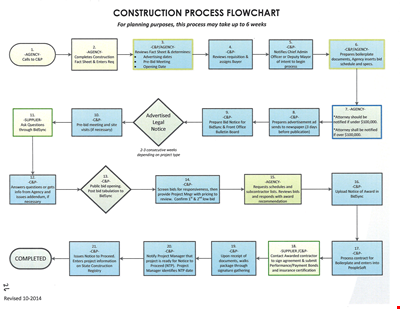
Create Professional Project Flow Charts with our Free Template
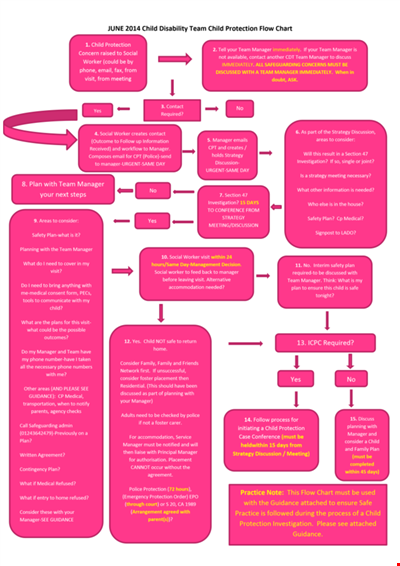
Social Event Flow Chart Template - Plan, Organize, and Execute Memorable Events
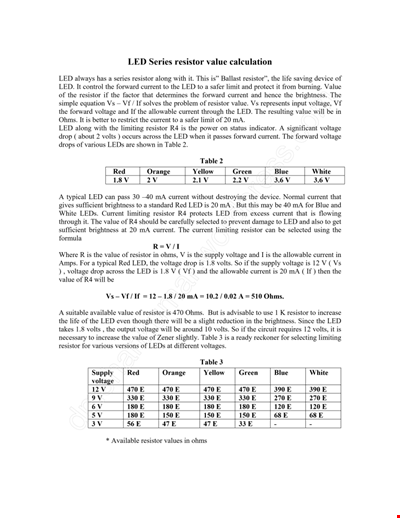
Calculation Resistor Value Chart For Led

Reward Template for Kids | Printable Behavior Chart & Chore Chart

Organizational Chart Template, Editable Org Chart, Free Download

Minecraft Birthday Banner - Buy Customizable Party Decorations

Personal Food Calorie Chart
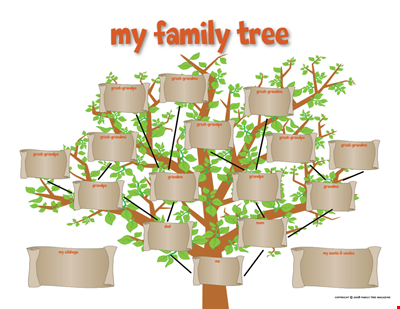
Family Tree Chart For Kids
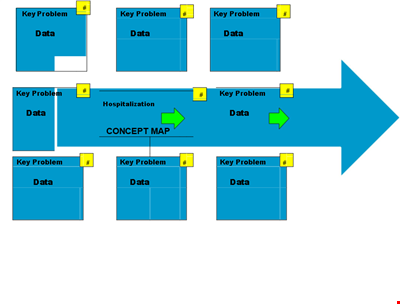
Create Organized Concepts with Our Concept Map Template - Solve Problems & Analyze Reasons
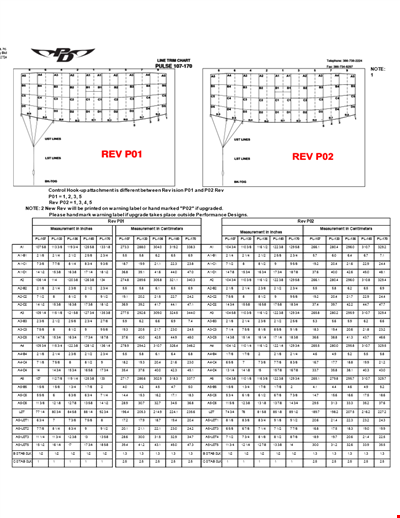
Find the Ideal Pulse Rate with Our Chord Tool
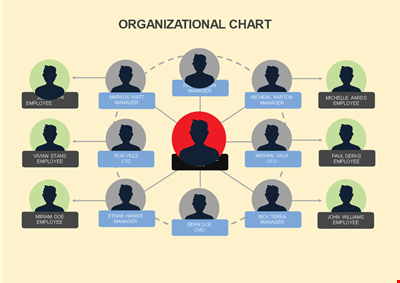
Org Chart Template Word
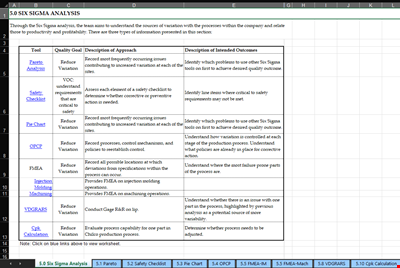
Understand and Reduce Process Variation with a Pareto Chart
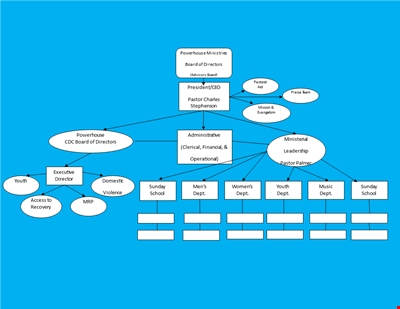
Create an Organizational Chart Template - Easily Visualize Your Company Hierarchy

Free Vintage Family Tree Template
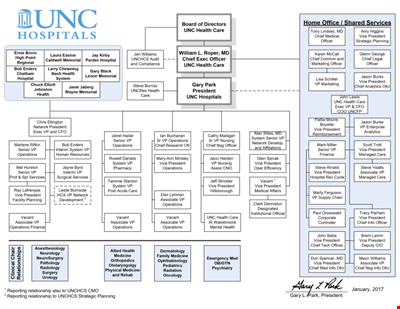
Large Hospital Organizational Chart Template - Download Now
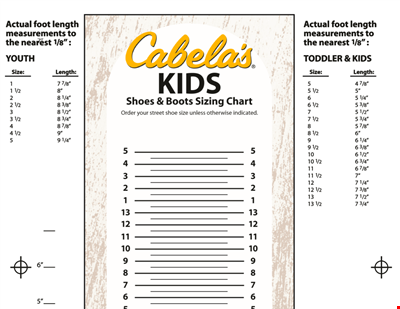
Printable Shoe Size Chart for Kids: Find the Perfect Fit for Your Little Ones